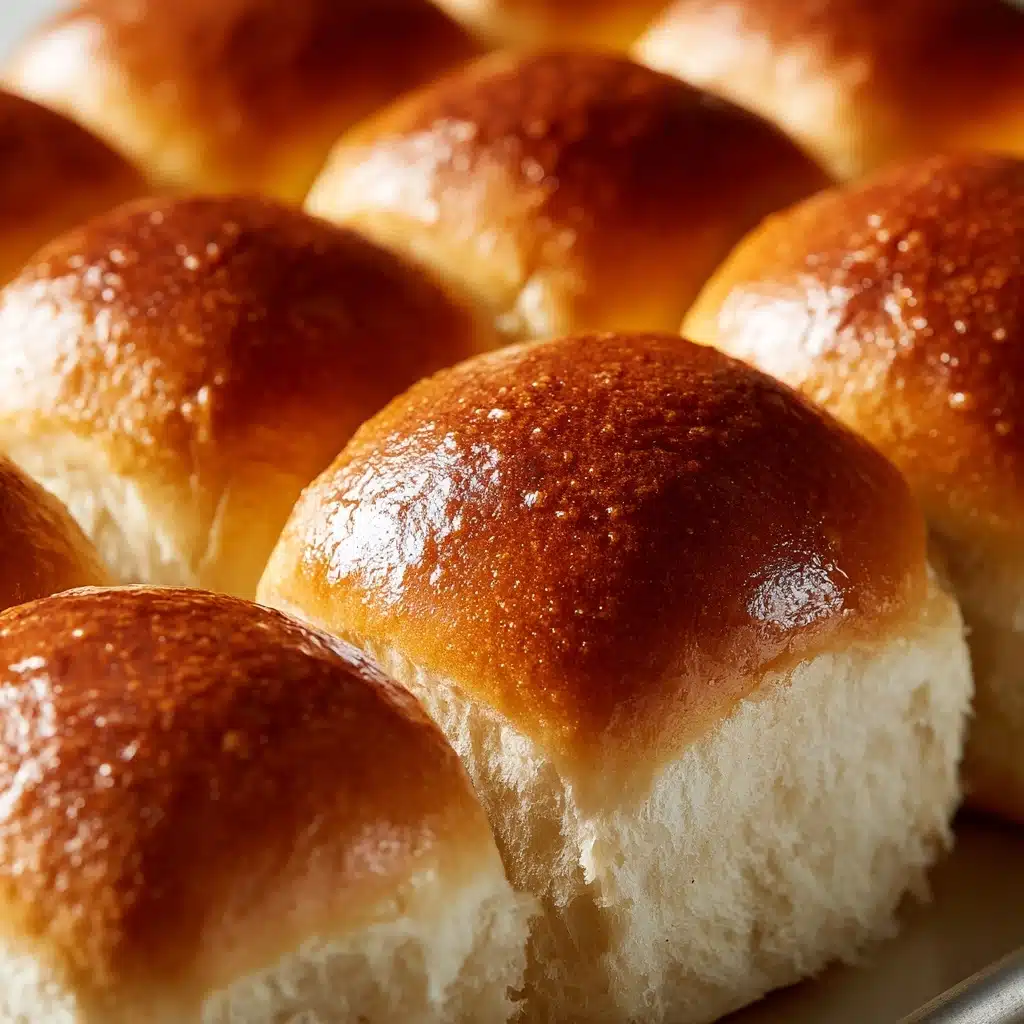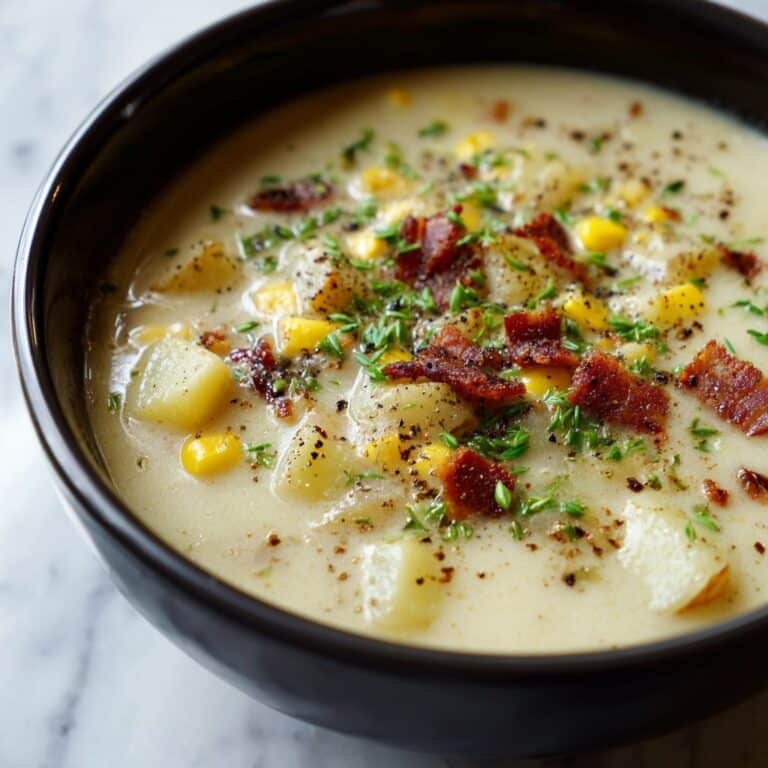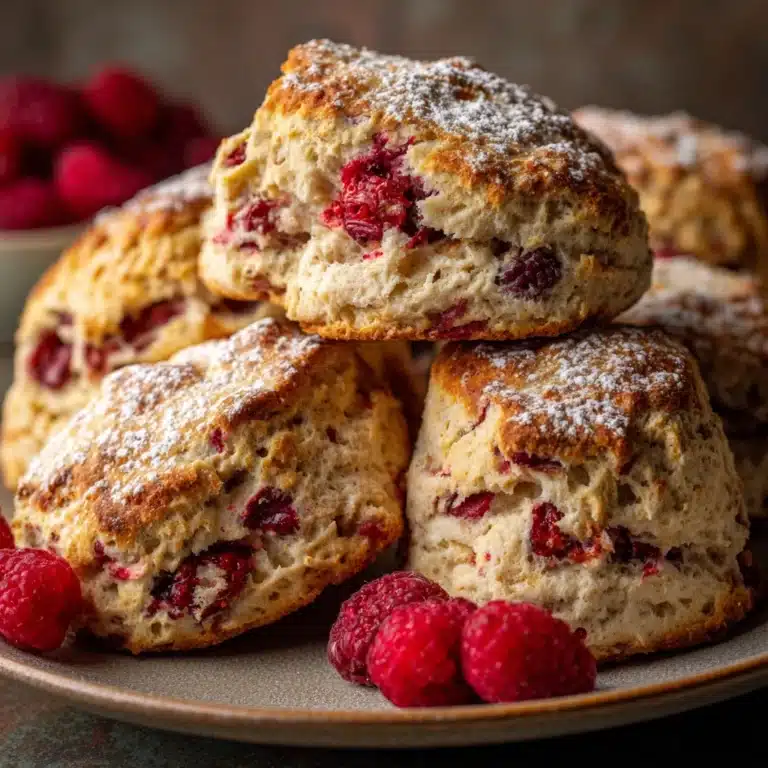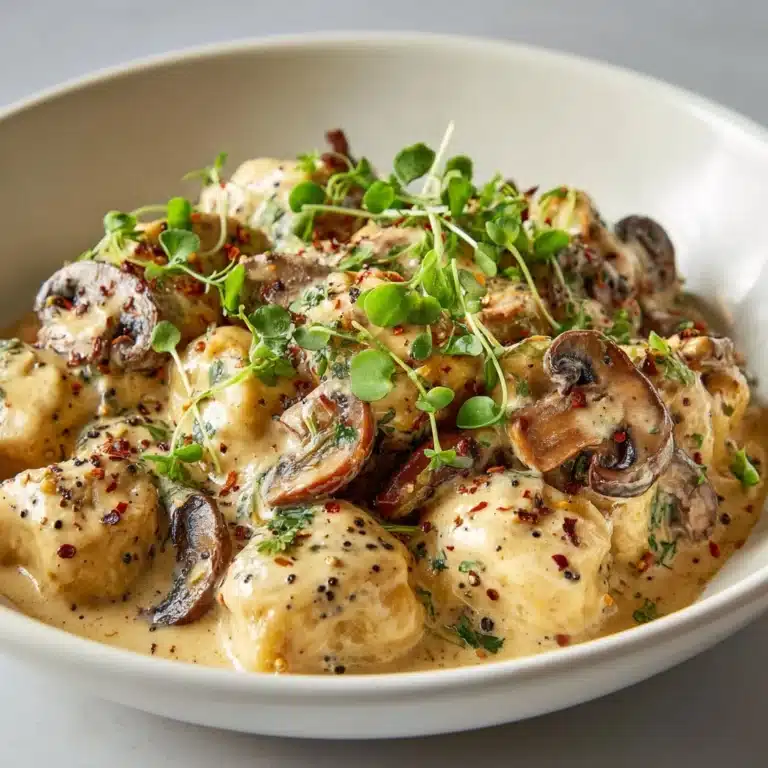If you’ve ever dreamt of pillowy, golden dinner rolls that melt in your mouth and steal the show at any meal, Parker House Rolls are about to become your new obsession. These beauties are famously soft, gently sweet, and oh-so-buttery, with their signature folded shape and irresistible aroma. Whether you’re hosting a holiday feast or just want to elevate a weeknight dinner, these classic rolls bring a touch of heritage and warmth straight from your oven to your table.
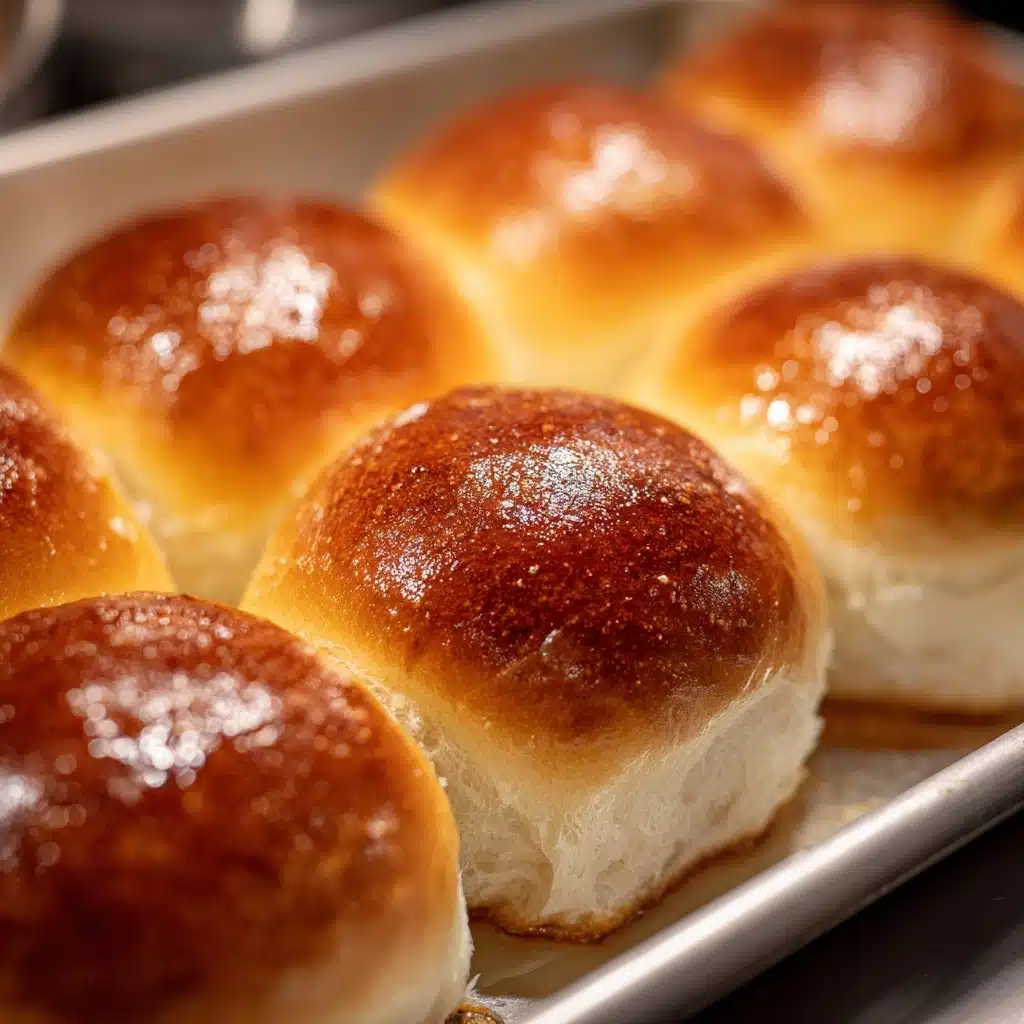
Ingredients You’ll Need
What I love most about Parker House Rolls is how just a handful of simple ingredients can create something truly magical. Each one plays a starring role, from the rich milk to the all-important melted butter, working together to create that signature flavor and tender crumb.
- Whole milk (1 cup, warmed to 110°F): The warmth helps activate the yeast, and the fat in whole milk ensures an extra-soft, rich dough.
- Granulated sugar (1/4 cup): Just enough to give the rolls a gentle sweetness and feed the yeast.
- Active dry yeast (1 packet, 2 1/4 tsp): The secret behind those fluffy, light rolls—make sure it’s fresh for the best rise.
- All-purpose flour (3 1/2 cups, plus more for dusting): Provides the backbone of the dough, giving structure while staying tender.
- Salt (1 1/2 teaspoons): Balances out the sweetness and brings all the flavors together.
- Unsalted butter (1/2 cup, melted and divided): The star ingredient—some goes into the dough for richness, and the rest is brushed on for that glorious, shiny finish.
- Large egg (1): Binds everything together and adds that beautiful golden color.
How to Make Parker House Rolls
Step 1: Activate the Yeast
Start by combining the warm milk and sugar in a large mixing bowl. Sprinkle the active dry yeast over the top and let it sit for 5 to 10 minutes. You’re looking for a foamy, bubbly surface—this means your yeast is alive and ready to do its magic. If nothing happens, your yeast may be old, so it’s best to start again with a fresh packet.
Step 2: Mix the Dough
Add the flour, salt, 1/4 cup of the melted butter, and the egg to the yeast mixture. Stir until a shaggy dough forms. This might look a little messy, but that’s exactly what you want before kneading. It’s the start of something delicious!
Step 3: Knead Until Smooth
Knead by hand or use a dough hook on medium speed for 6 to 8 minutes. You’re aiming for a dough that’s smooth, elastic, and just a touch tacky. If it’s sticking a lot, sprinkle in a bit more flour, a tablespoon at a time. This step is the secret to those soft, chewy Parker House Rolls.
Step 4: First Rise
Transfer your dough to a greased bowl, cover it with a towel, and let it rise in a warm place for about 1 hour, or until doubled. This is when the yeast gets to work, creating all those lovely air pockets.
Step 5: Shape the Rolls
Punch down the dough and turn it out onto a floured surface. Roll it out to about 1/2-inch thickness. Cut the dough into 2 1/2-inch circles or squares. Fold each piece in half, gently pressing the edges to seal. Place them seam side down on a greased baking sheet or in a 9×13-inch pan. The folding is what gives Parker House Rolls their classic look and pull-apart texture.
Step 6: Second Rise
Brush the tops with a bit of the remaining melted butter, then cover and let rise again for 30 to 45 minutes. The rolls should get puffy and almost double in size—this second rise is key for that extra-fluffy result.
Step 7: Bake to Golden Perfection
Preheat your oven to 350°F (175°C). Bake the rolls for 18 to 22 minutes, until they’re gloriously golden brown on top. As soon as they come out of the oven, brush them with the rest of the melted butter. This final touch adds shine and an extra layer of flavor that makes these Parker House Rolls absolutely irresistible. Serve them warm for the full experience!
How to Serve Parker House Rolls
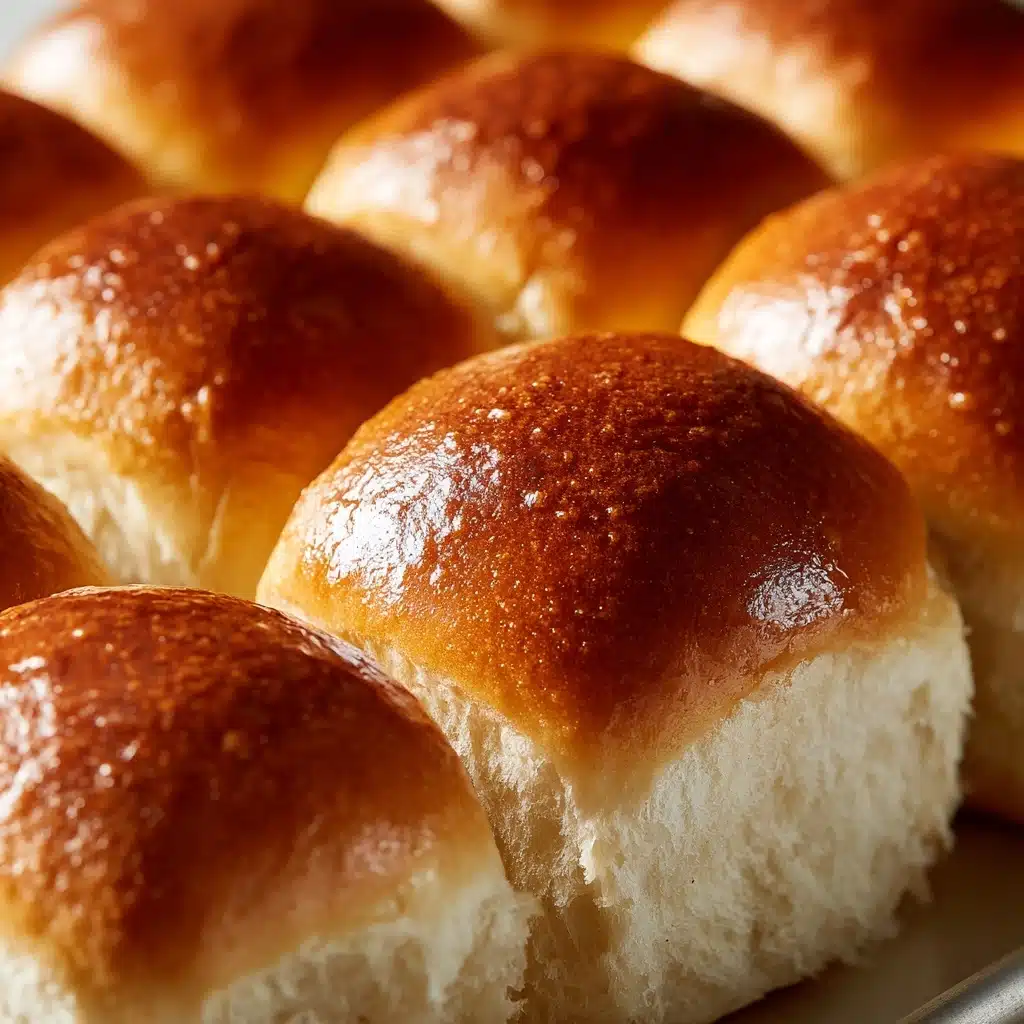
Garnishes
For a little extra flair, sprinkle your warm Parker House Rolls with a light dusting of flaky sea salt or fresh chopped herbs like rosemary or thyme. The pop of green and hit of flavor make them look as good as they taste.
Side Dishes
Parker House Rolls are the ultimate companion to hearty soups, stews, and roasts. They’re perfect for soaking up gravy or sopping up the last bit of sauce from your plate. Try them alongside a classic pot roast, creamy mashed potatoes, or a simple salad for a comforting meal.
Creative Ways to Present
Arrange your Parker House Rolls in a basket lined with a pretty cloth napkin, or fan them out on a wooden board for a rustic touch. For dinner parties, serve each roll tucked in a mini parchment sleeve, or slice them open and fill with savory spreads for a memorable appetizer.
Make Ahead and Storage
Storing Leftovers
Let any leftover Parker House Rolls cool completely, then store them in an airtight container or zip-top bag at room temperature for up to 2 days. They’ll stay soft and fresh, ready to be enjoyed with tomorrow’s lunch or dinner.
Freezing
These rolls freeze beautifully! Once baked and cooled, pop them into a freezer bag and store for up to 2 months. When you’re ready to enjoy, just thaw at room temperature and refresh in a warm oven for that just-baked goodness.
Reheating
To revive your Parker House Rolls, wrap them in foil and warm in a 300°F oven for 10 to 15 minutes. This keeps them soft and restores their signature pillowy texture. A quick brush with melted butter after reheating makes them taste freshly baked.
FAQs
Can I use instant yeast instead of active dry yeast?
Yes, you can substitute instant yeast in equal amounts. Just skip the proofing step and mix the yeast directly into the dry ingredients—the rest of the process stays the same.
Why did my Parker House Rolls turn out dense?
This usually happens if the dough didn’t rise enough, the yeast was old, or too much flour was added. Be sure to measure carefully and let your dough rise until it’s doubled in size both times for the fluffiest results.
Can I make the dough ahead of time?
Absolutely! Shape the rolls after the first rise, then cover and refrigerate overnight after shaping. Before baking, let them come to room temperature and puff up for about 1 hour. This makes Parker House Rolls perfect for entertaining.
How do I make them dairy-free?
You can substitute non-dairy milk (like almond or oat) and use a vegan butter alternative. The rolls will still be soft and delicious, though the flavor will change slightly.
Can I add herbs or cheese to the dough?
Definitely! Finely chopped fresh herbs, shredded cheese, or even roasted garlic mixed into the dough add a delicious twist to classic Parker House Rolls. Just keep additions modest so the dough stays light.
Final Thoughts
Once you’ve experienced the simple joy of baking your own Parker House Rolls, you’ll find yourself reaching for this recipe again and again. They’re the kind of treat that brings people together, making any meal feel extra special. Give them a try, and get ready for the warmest compliments from everyone lucky enough to share them with you!
Print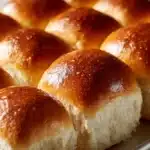
Parker House Rolls Recipe
- Total Time: 2 hours 15 minutes
- Yield: 18 rolls 1x
- Diet: Vegetarian
Description
These classic Parker House Rolls are soft, buttery, and perfectly golden. Made with enriched dough and a tender crumb, they’re ideal for dinner rolls or holiday dinners, offering a slightly sweet and rich flavor with a pillowy texture.
Ingredients
Wet Ingredients
- 1 cup whole milk, warmed to 110°F
- 1/4 cup granulated sugar
- 1/2 cup unsalted butter, melted and divided
- 1 large egg
Dry Ingredients
- 1 packet (2 1/4 tsp) active dry yeast
- 3 1/2 cups all-purpose flour, plus more for dusting
- 1 1/2 teaspoons salt
Instructions
- Activate the Yeast: In a large mixing bowl, combine the warm milk and sugar. Sprinkle the yeast over the top and let it sit for 5–10 minutes until foamy, indicating the yeast is active.
- Make the Dough: Add the flour, salt, 1/4 cup melted butter, and the egg to the yeast mixture. Mix until a shaggy dough forms.
- Knead the Dough: Knead the dough by hand or using a dough hook on medium speed for 6–8 minutes until it becomes smooth and elastic, which develops the gluten structure.
- First Rise: Place the dough in a greased bowl, cover it with a towel, and let it rise in a warm place for about 1 hour or until doubled in size.
- Shape the Rolls: Punch down the dough to release air. Turn it out onto a floured surface and roll it to about 1/2-inch thickness. Cut into 2 1/2-inch circles or squares and fold each piece in half, placing them seam side down on a greased baking sheet or in a 9×13-inch pan.
- Second Rise: Brush the tops of the rolls with some of the remaining melted butter, cover them, and let rise again for 30–45 minutes until puffed.
- Bake: Preheat your oven to 350°F (175°C). Bake the rolls for 18–22 minutes or until golden brown on top.
- Finish: Immediately brush the rolls with the remaining melted butter after baking for a shiny, flavorful finish. Serve warm.
Notes
- To make ahead, shape the rolls and refrigerate overnight after the second rise. Allow the rolls to come to room temperature before baking.
- These rolls freeze well after baking; reheat in a low oven to restore freshness and softness.
- Use room temperature ingredients for best results with dough texture and rise.
- Prep Time: 25 minutes
- Cook Time: 20 minutes
- Category: Bread
- Method: Baking
- Cuisine: American
Nutrition
- Serving Size: 1 roll
- Calories: 160
- Sugar: 3g
- Sodium: 180mg
- Fat: 6g
- Saturated Fat: 3.5g
- Unsaturated Fat: 2g
- Trans Fat: 0g
- Carbohydrates: 22g
- Fiber: 1g
- Protein: 3g
- Cholesterol: 25mg
